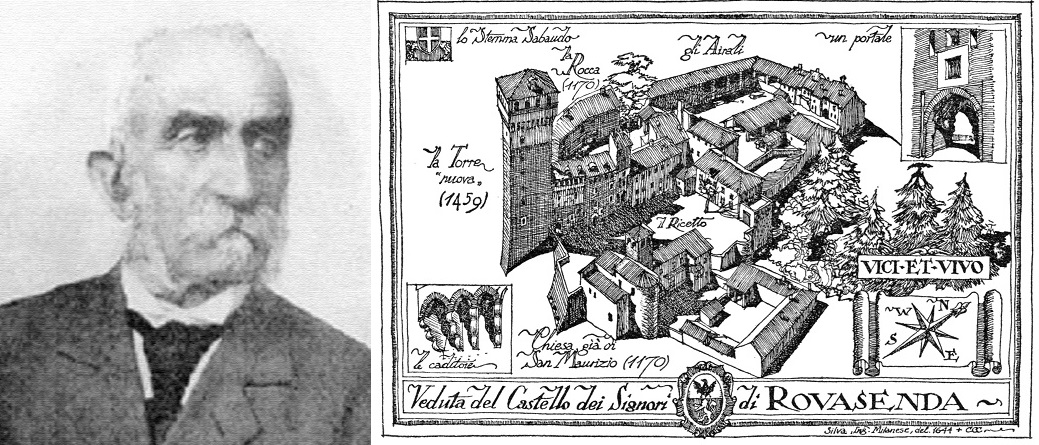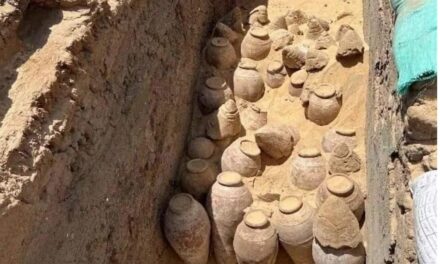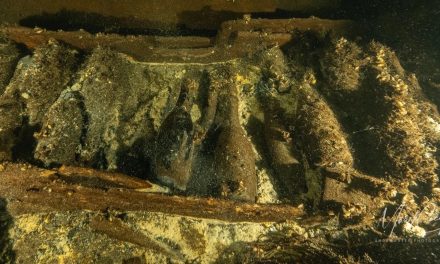The Roots of World Wine: Tracing the Journey of a 19th Century Ampelography Master
ROVASENDA – Giuseppe di Rovasenda, a luminary in the world of Italian viticulture during the 19th century, remains a relatively obscure figure outside the circles of historical ampelography, despite his monumental contributions to the field. Born in 1824 into an ancient Piedmontese family in Verzuolo, Rovasenda initially embarked on legal studies before dedicating his life to agriculture, particularly viticulture. His early research on vine varieties, conducted at an uncle’s villa in Sciolze, laid the groundwork for a lifelong commitment to ampelography. By 1860, Rovasenda began compiling a collection of Piedmontese vine samples at his farm in Verzuolo, eventually expanding this collection to include Italian, French, German, and Spanish varieties through extensive correspondence with scholars, enthusiasts, and scientists.
From this modest beginning, Rovasenda amassed a world-class collection of vine varieties, necessitating the acquisition of additional land near Verzuolo, known as “La Bicocca,” which soon gained international renown for its ampelographic collection. He planned to publish detailed sheets of the 3,350 vine varieties in his collection. The first volume of his seminal work, “Saggio di una Ampelografia Universale,” was published in 1877, becoming an extremely rare and sought-after publication. Although intended as a three-part series, only the first volume was ever published. However, his efforts and studies found other outlets, including the “Ampelografia italiana” published in 1879, which, despite remaining incomplete, showcased beautiful colored lithographic plates.
Rovasenda’s “Universal Ampelography Essay” enjoyed considerable success abroad, especially in France, where it was translated and published in 1881. His collection eventually grew to 3,666 varieties, each meticulously described in sheets and notebooks, making it the second largest collection after that of Baron Antonio Mendola di Favara. In 1903, Rovasenda arranged for his vine collection to be transferred to Alba’s Royal School of Viticulture and Enology, founded by Domizio Cavazza, another key figure in Italian viticulture.
Rovasenda’s legacy is not just confined to his contributions to ampelography. His passion for mountaineering led him and his brother Luigi to ascend Monviso on August 26, 1863, shortly after the first Italian expedition led by Quintino Sella. His extensive studies, unpublished notes, correspondence, and archives have been preserved at the University of Turin’s Institute of Tree Cultivation since 1965, offering invaluable resources for future research.
Giuseppe di Rovasenda’s death in Verzuolo on December 7, 1913, marked the end of an era in Italian viticulture. His work, however, continues to influence the field of ampelography and viticulture, bridging the past and present of vine research. The recent docufilm “The Man of the Vines: Glimpses into Giuseppe di Rovasenda,” premiered in his hometown of Verzuolo, serves as a poignant reminder of his enduring legacy, celebrating his life and contributions on the bicentenary of his birth. This film, along with Rovasenda’s seminal works, underscores the significance of preserving and studying the rich diversity of vine varieties, a testament to his vision and dedication to the science of viticulture.










